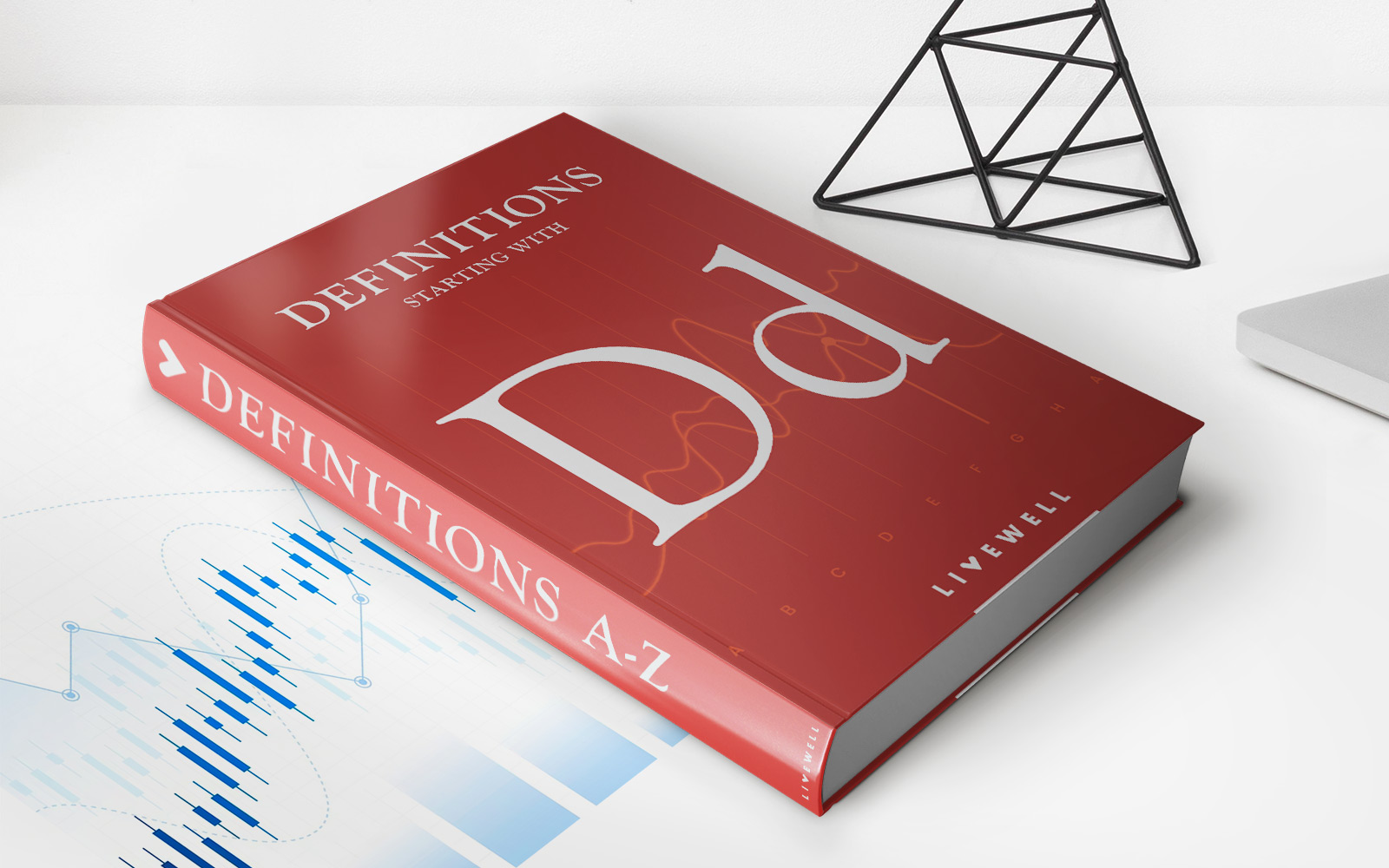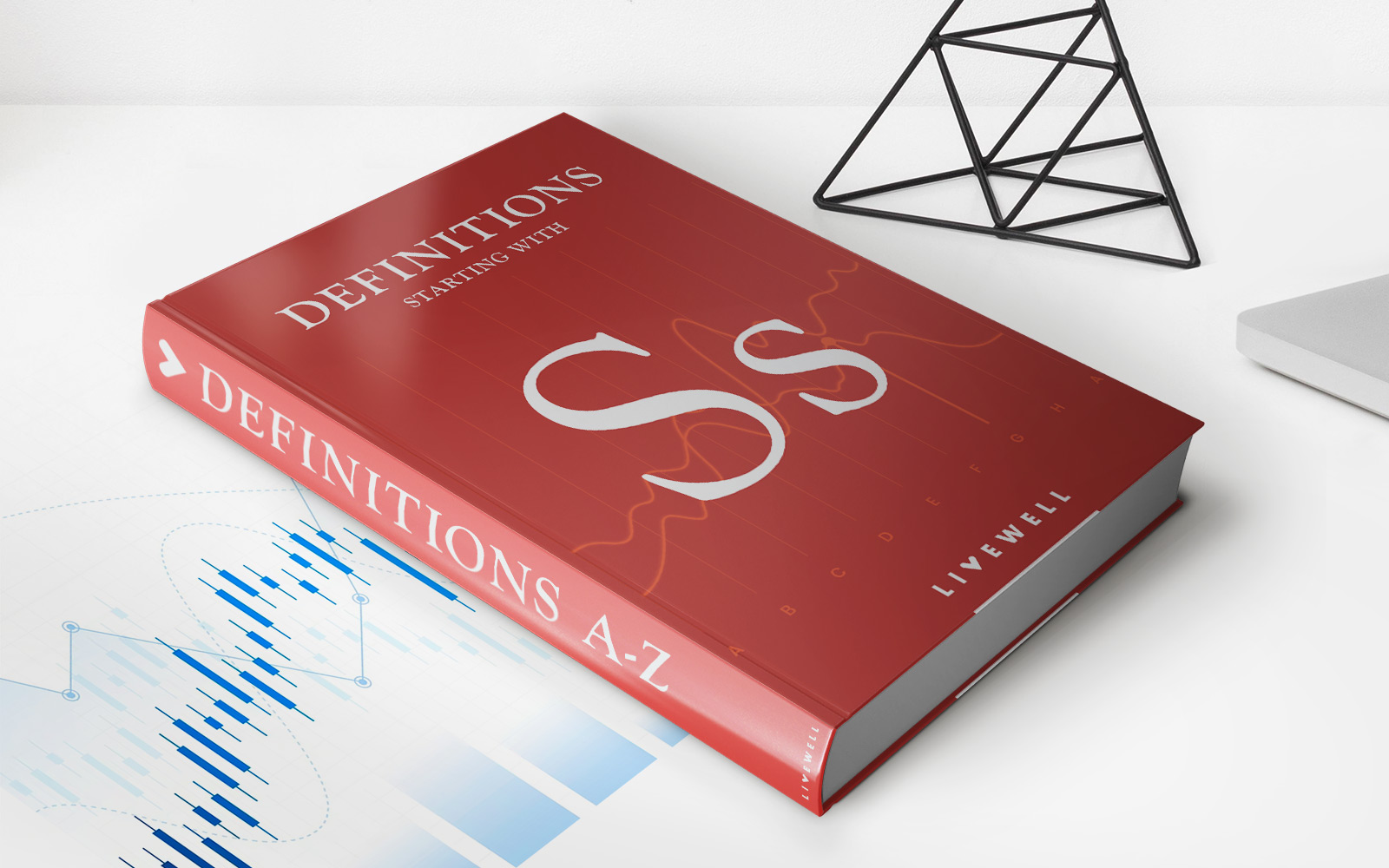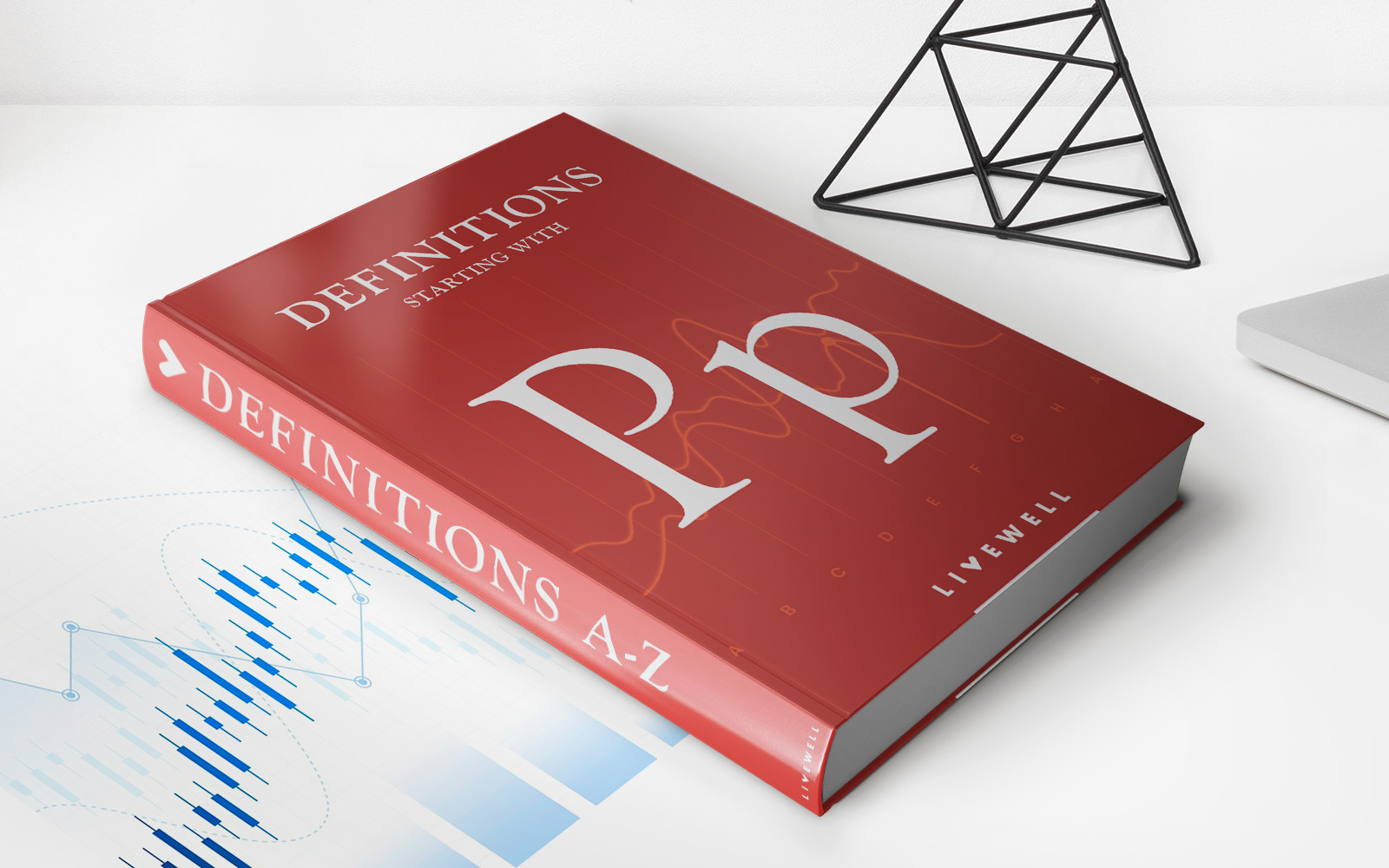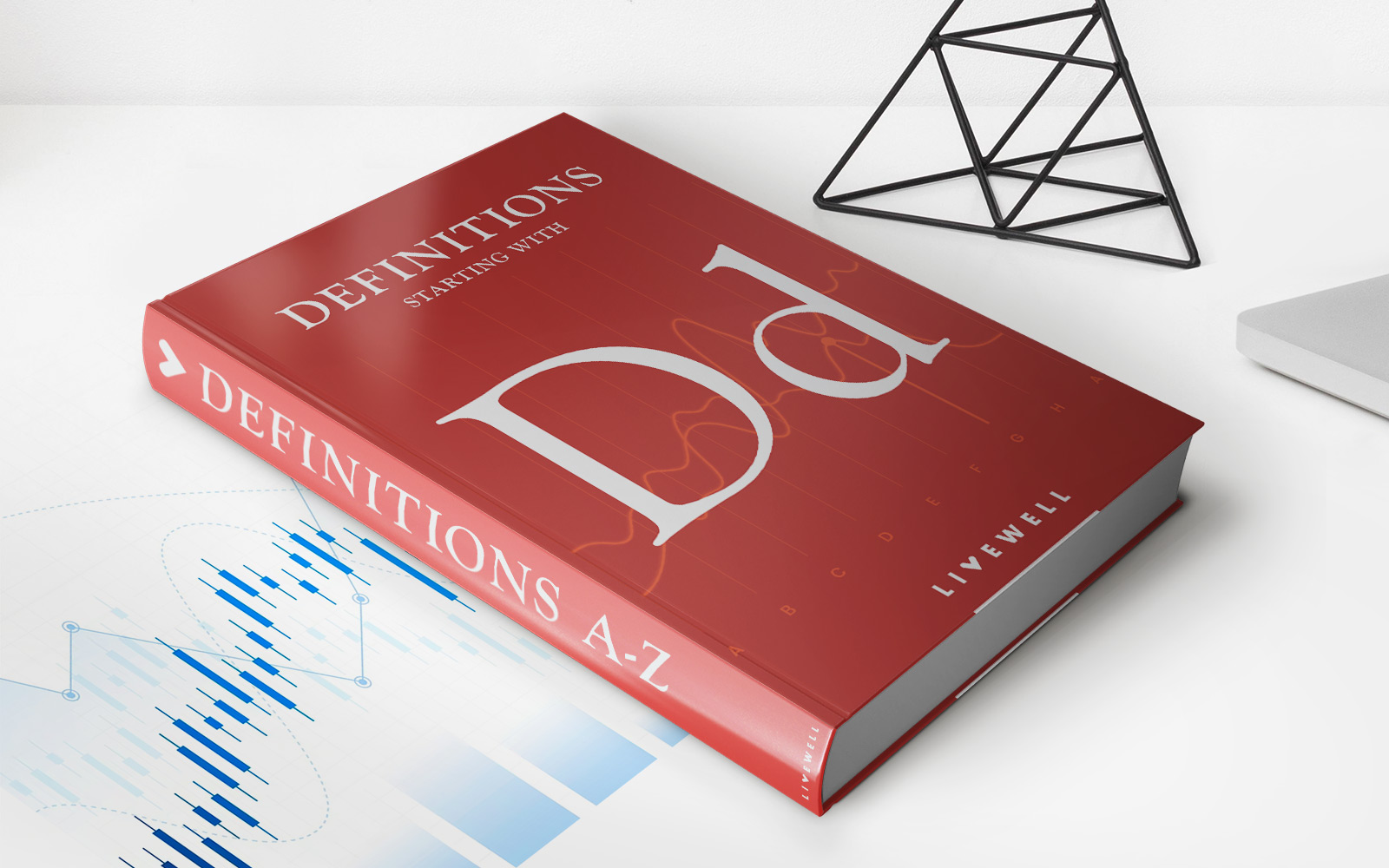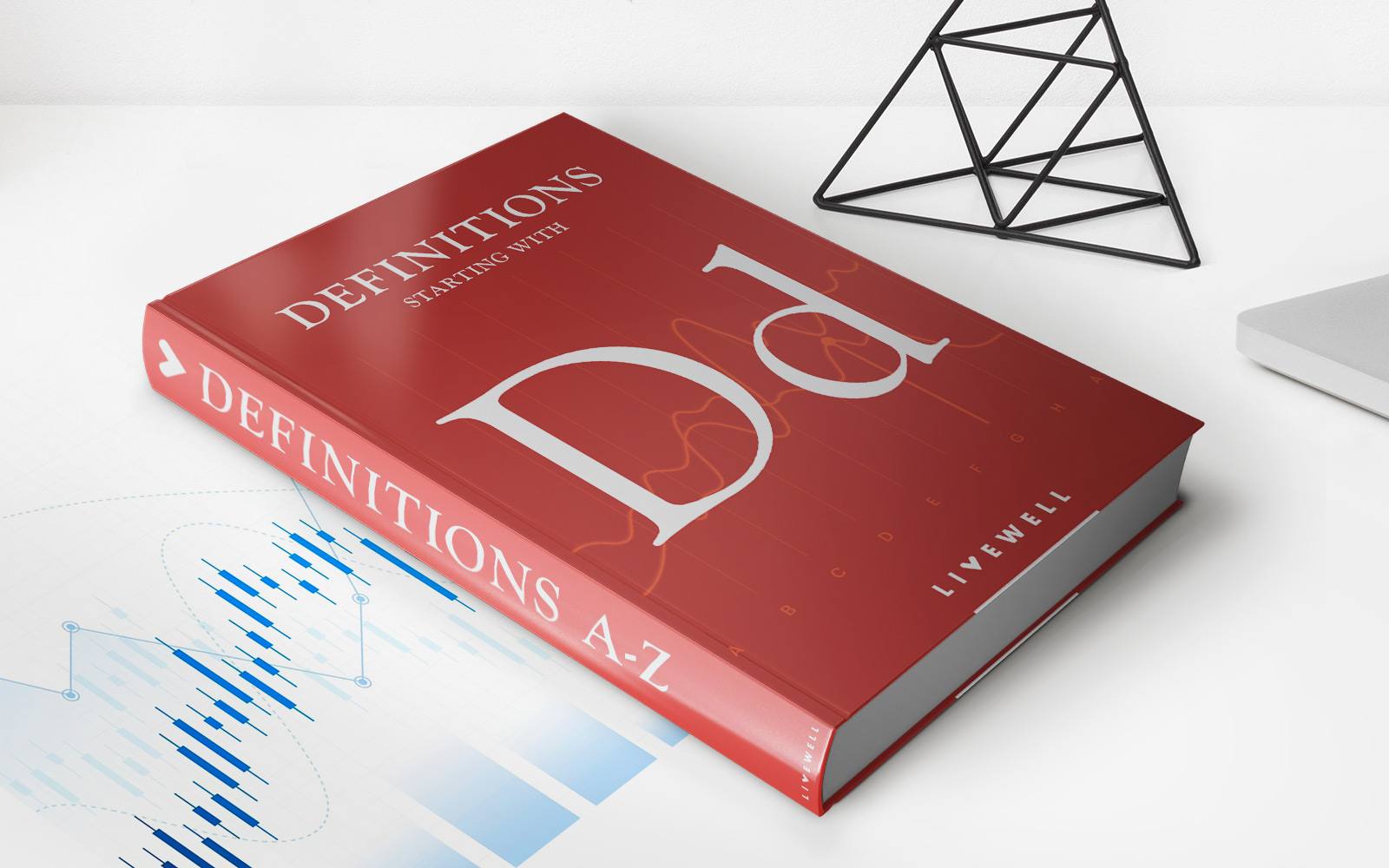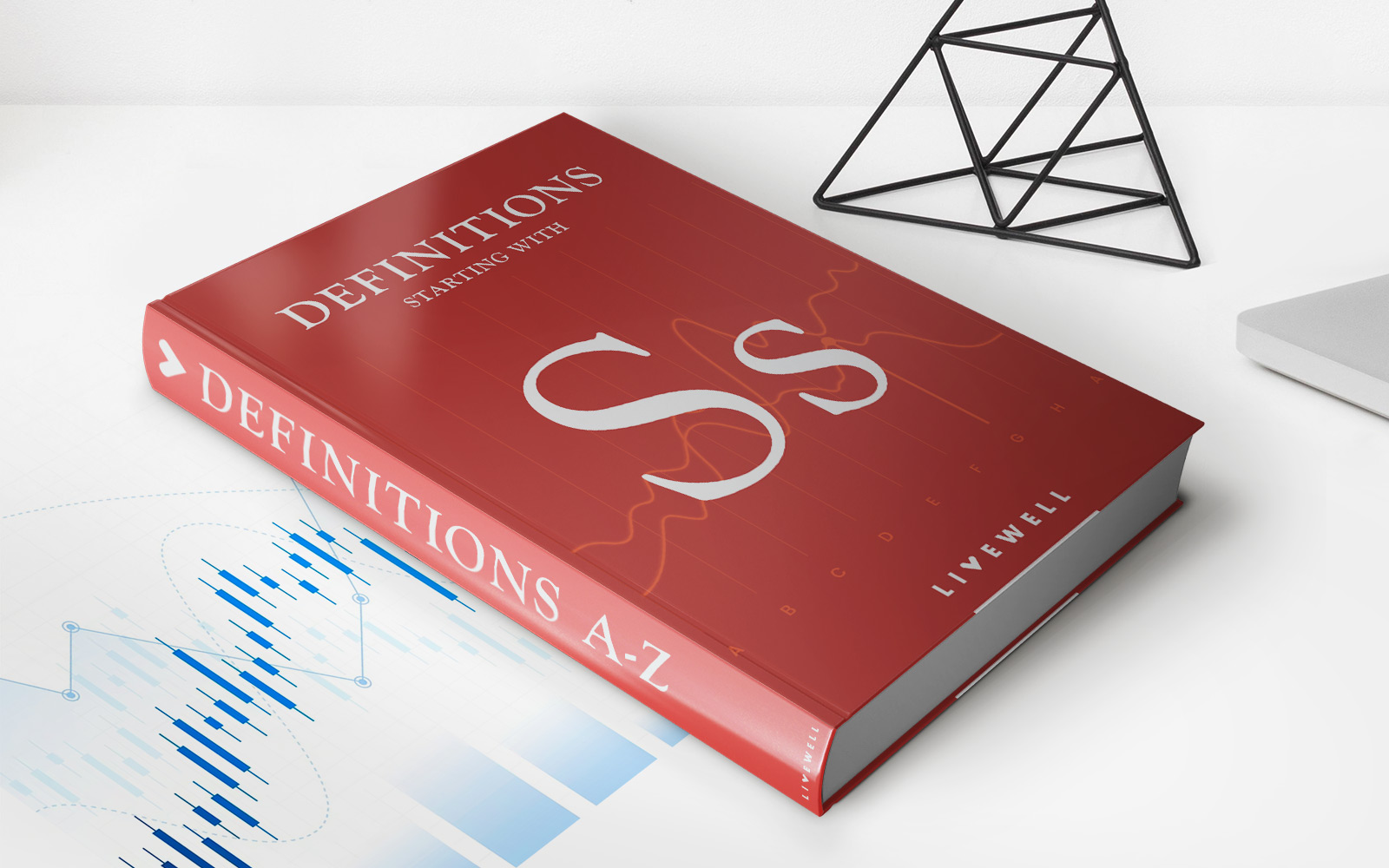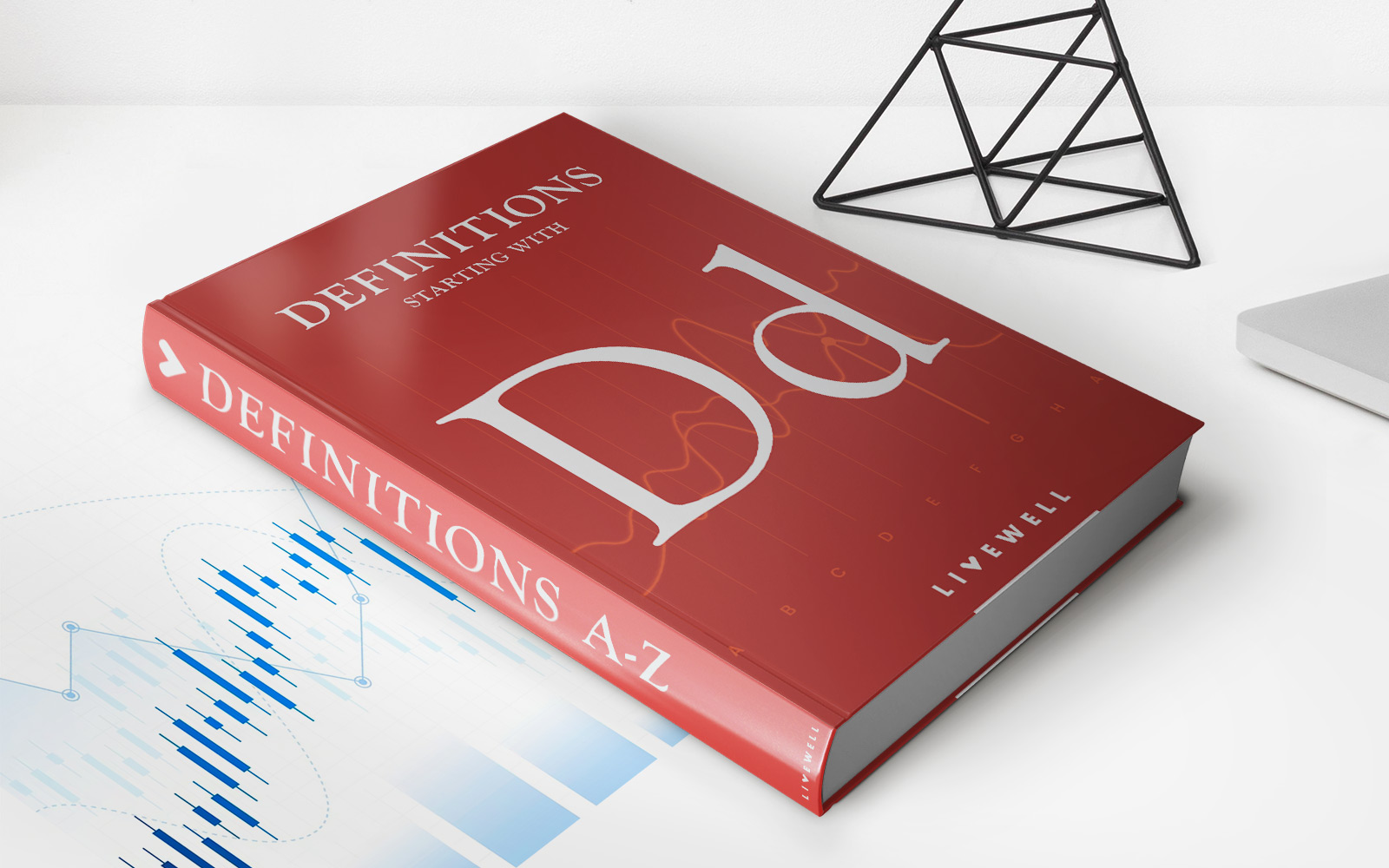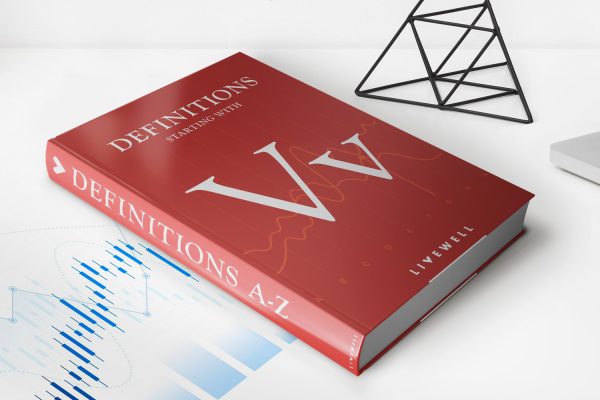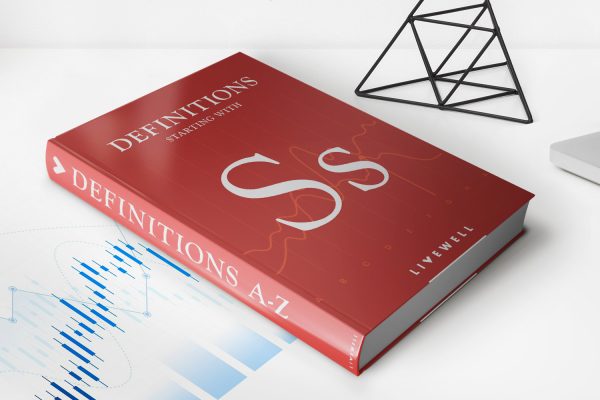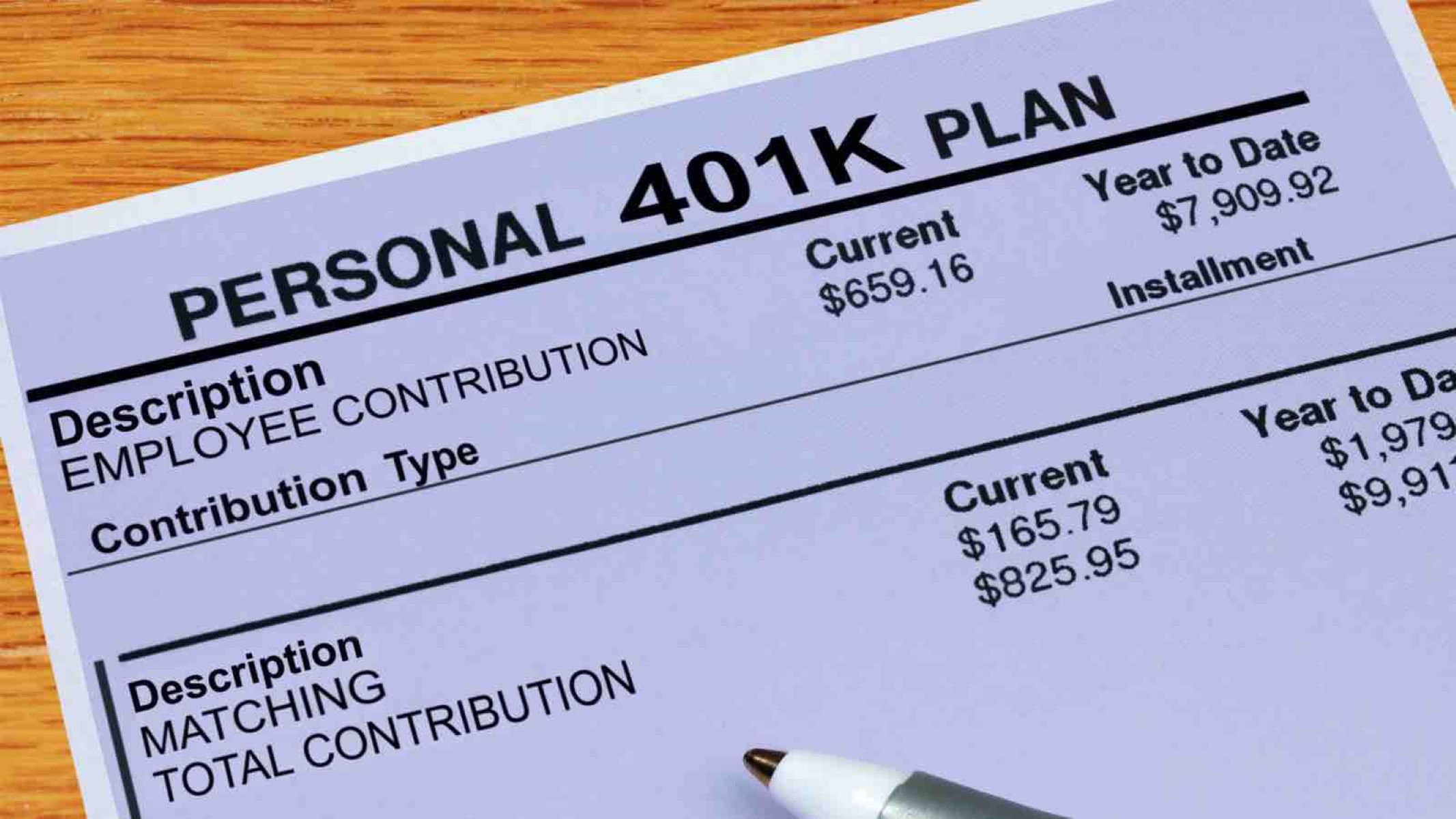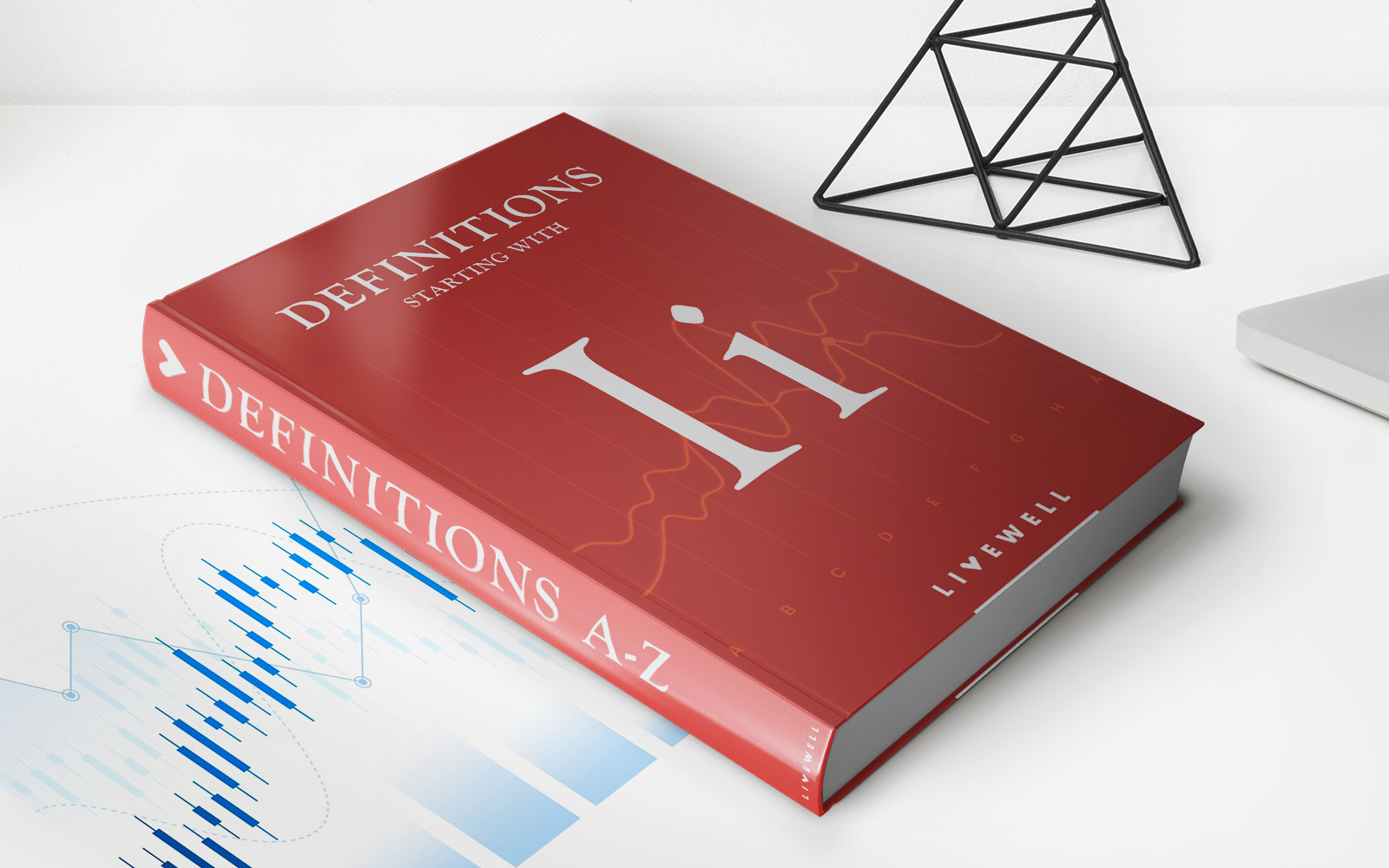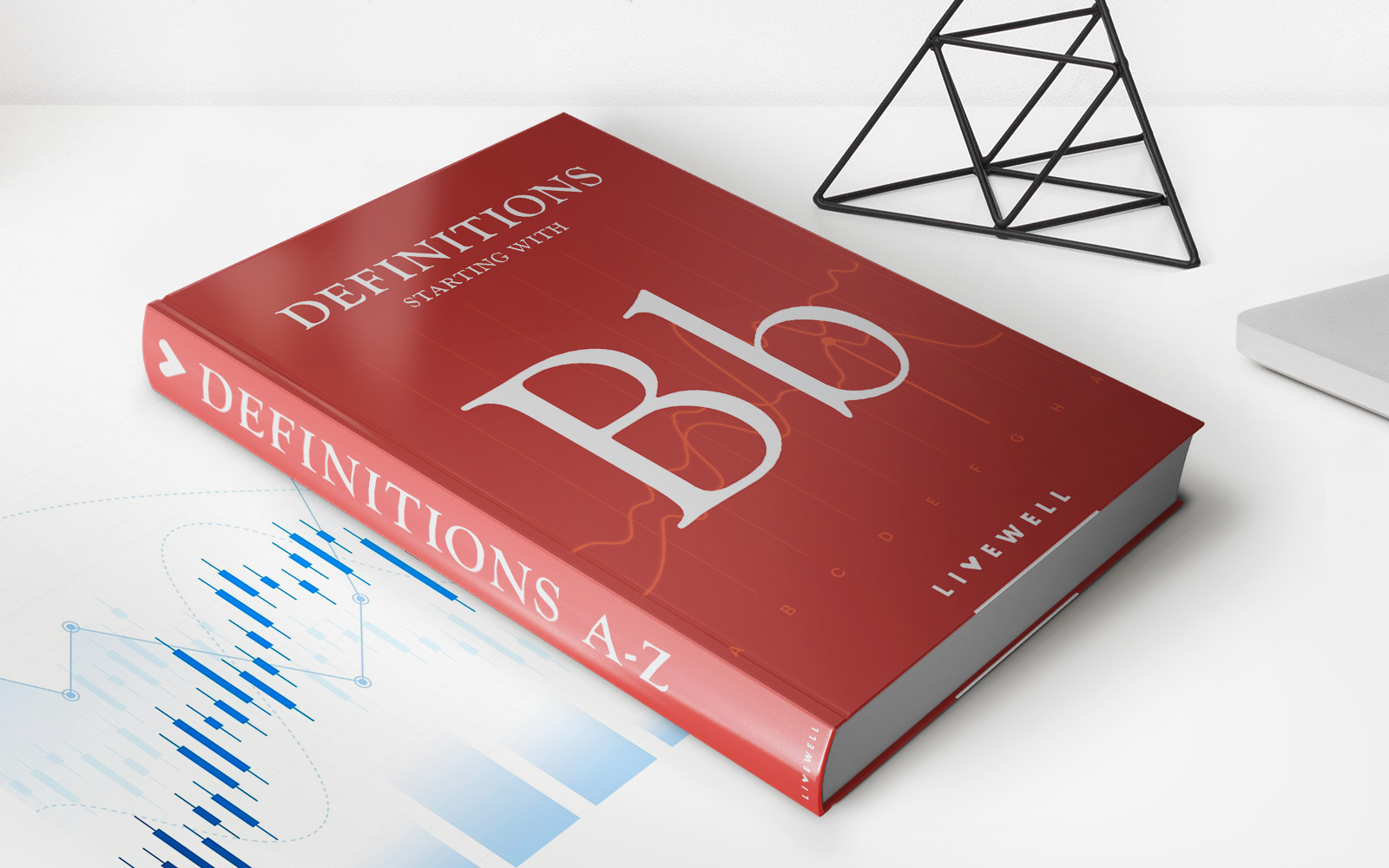Home>Finance>Deferred Payment Option: Definition And Examples
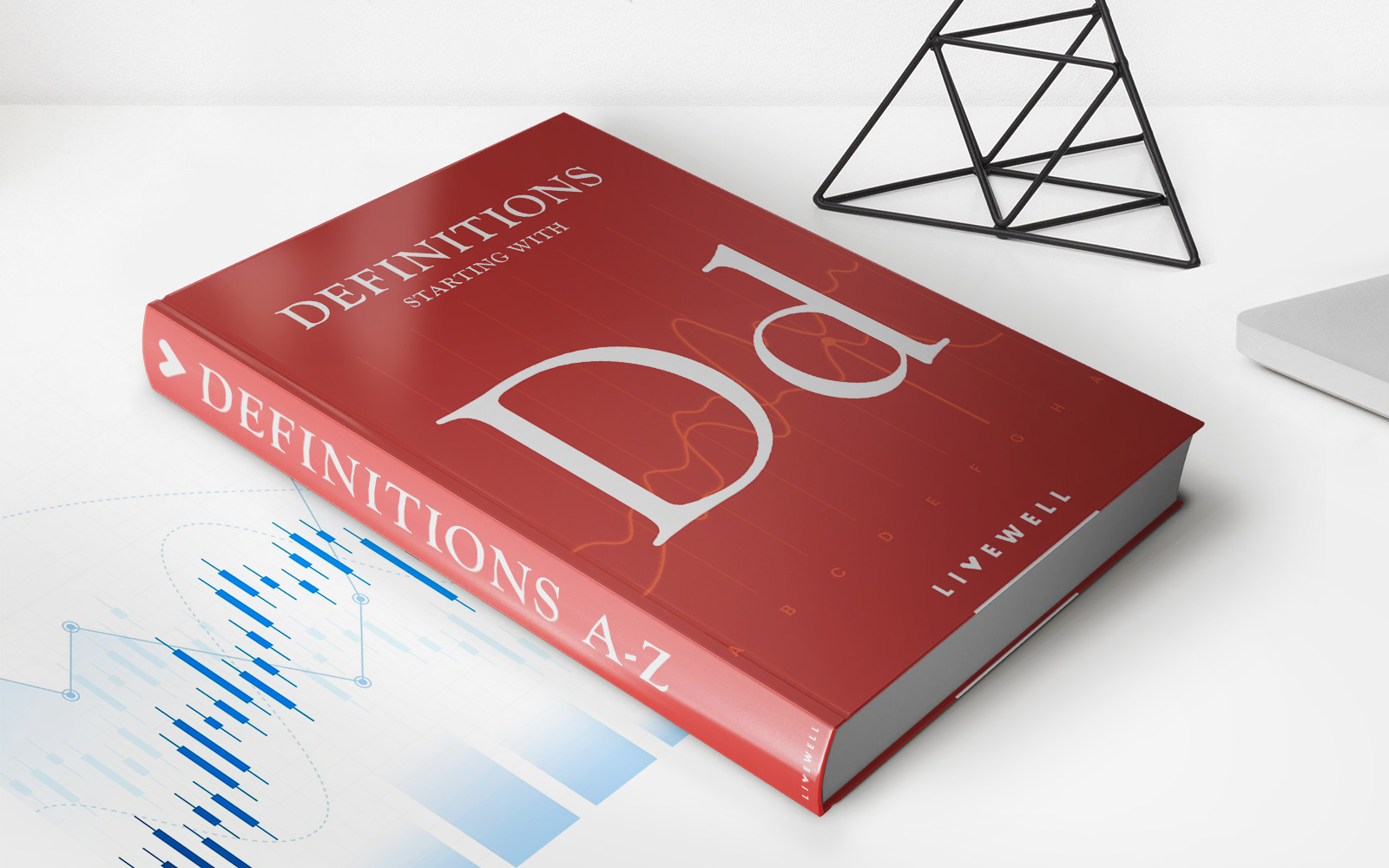

Finance
Deferred Payment Option: Definition And Examples
Published: November 9, 2023
Learn about the finance term "Deferred Payment Option" and explore its definition and examples. Discover how this financial tool can benefit you.
(Many of the links in this article redirect to a specific reviewed product. Your purchase of these products through affiliate links helps to generate commission for LiveWell, at no extra cost. Learn more)
Deferred Payment Option: Definition and Examples
Thinking of making a purchase but prefer not to pay for it upfront? A deferred payment option might just be the solution you’re looking for. In this blog post, we’ll explore the definition of a deferred payment option and provide examples to help you understand how it works and whether it aligns with your financial needs. So, let’s dive in!
Key Takeaways:
- Deferred payment option allows you to delay payment for a purchase until a later date.
- It can offer flexibility and convenience, but interest or fees may apply.
What is a Deferred Payment Option?
A deferred payment option, also known as a deferred payment plan or financing, is an agreement between a buyer and a seller that allows the buyer to delay payment for a purchase until a later date. This option is often offered by retailers, online stores, and service providers to provide customers with flexibility and convenience in managing their finances.
Under a deferred payment option, you are essentially borrowing money from the seller or a third-party lender to make the purchase. Instead of paying the full amount upfront, you agree to make installment payments over a specified period. It’s important to note, however, that interest or fees may apply, depending on the terms of the agreement.
Examples of Deferred Payment Options
Let’s look at a few examples to better understand how deferred payment options work:
- Car Financing: When buying a car, you may have the option to finance the purchase through a deferred payment plan. Instead of paying the full cost immediately, you can make monthly payments over a set period, usually with interest.
- Furniture Store Financing: Furniture stores often offer deferred payment options to their customers. This allows you to purchase furniture and delay payment until a later date. Some stores may even provide “interest-free” financing for a specific promotional period.
- Online Retailers: Many online retailers now offer deferred payment options through third-party providers. These options allow you to make a purchase and spread the cost over several installments, without incurring interest or fees.
These examples demonstrate the variety of situations where a deferred payment option can be beneficial. Whether you’re buying a big-ticket item, remodeling your home, or shopping for electronics, a deferred payment option can help you manage your finances more effectively.
Is a Deferred Payment Option Right for You?
Before opting for a deferred payment option, it’s essential to consider your personal financial situation and understand the terms and conditions of the arrangement. Here are a few factors to consider:
- Budget: Evaluate your budget and make sure you can comfortably make the required monthly payments without putting yourself in financial strain.
- Interest or Fees: Determine if the deferred payment option incurs any interest or fees. Assess whether the additional costs are reasonable and justified based on your financial goals.
- Payment Schedule: Understand the payment schedule, including the number of installments, the frequency of payments, and the due dates. Ensure they align with your cash flow and financial obligations.
A deferred payment option can be a practical financing tool if managed responsibly and aligned with your financial circumstances. It offers a way to access the items or services you need while spreading the cost over time. However, it’s crucial to avoid overextending yourself and falling into unnecessary debt.
In conclusion, a deferred payment option allows you to make a purchase now and delay payment until a later date. It offers flexibility and convenience, but it’s important to carefully read and understand the terms of the agreement before committing. Assess your personal financial situation, evaluate the costs involved, and decide if a deferred payment option aligns with your needs and goals.
Are you considering a deferred payment option for an upcoming purchase? Share your thoughts or experiences in the comments below!
